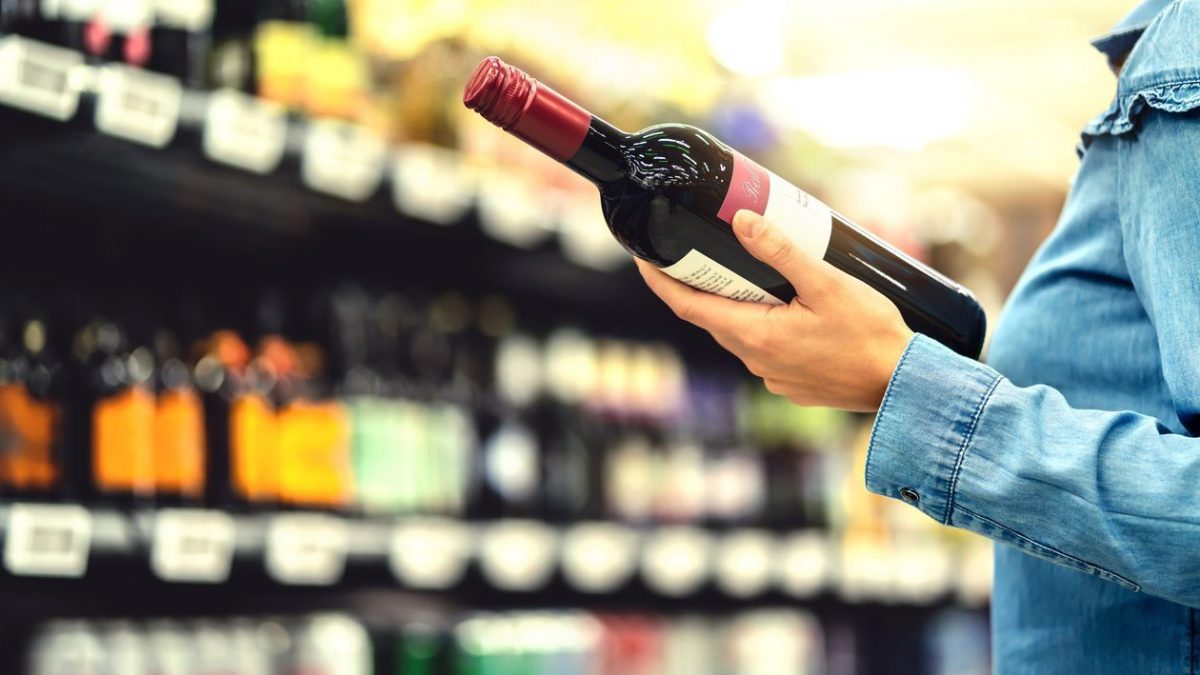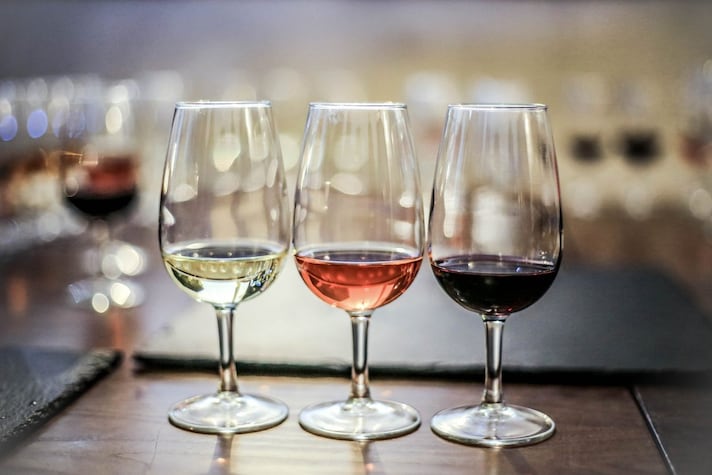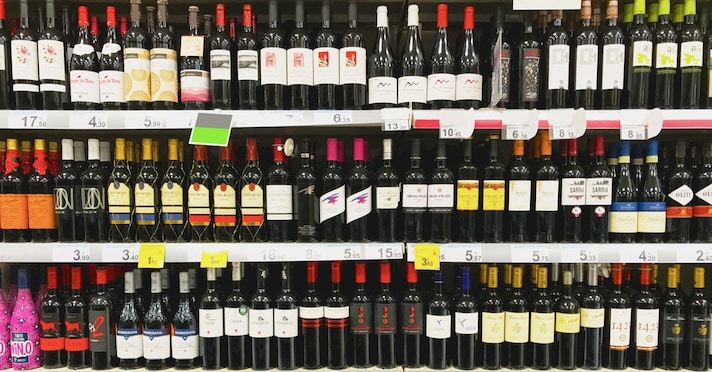
Navigating the grocery store shelves in search of a good bottle of wine can be a disorientating experience, especially if you are not a sommelier or wine enthusiast, but at the same time you can return home with a very satisfying product. In recent times, in fact, large-scale distribution has made available a wider and more varied choice, where labels ranging from a few dollars to more important figures coexist. Is the price always an indicator of a higher quality that you can automatically rely on? Below, here is some advice to follow so as not to be disappointed.
Price as a Clue, But Not as a Certainty
Let's start with the question we just asked ourselves. Many consumers associate price with quality: the more it costs, the better. But this is not always the case. Grocery stores, due to market needs and shelf rotation, often sell good wines at reasonable prices, especially when it comes to lesser-known but serious wineries. According to experts, a range between 10 and 20 dollars can offer pleasant surprises: staying around 15 dollars is usually a valid parameter to be safe. Avoiding wines under 10 dollars (unless there are discounts) is a useful rule. The reason? Producing a wine has costs: below that threshold it is unlikely that there have been significant investments in the vineyard, in the cellar and, in general, in the phases that involve the entire supply chain.
Knowing Yourself: The Basis for Choosing Well
It's not just philosophy: the motto "know thyself" proves effective when you have a vast selection in front of you and you have to make a decision. There are those who love soft and fruity wines and those who prefer more tannic and structured ones, those who go crazy for fresh whites and those who can't give up full-bodied reds. From this point of view, having a minimum familiarity with the grape varieties can be helpful: most of the time they are closely linked to the territory, so the suggestion is to opt for bottles where a specific region is indicated and not a generic origin (Italy, Spain, France). To start, focus on a grape variety that you have already tried and that you like: whether it's a Barbera or a Verdicchio, a Merlot or a Falanghina, it's less likely that you will be left speechless.

The Importance of The Label: Front and Back
We know that the label on food is an identity card that, if interpreted correctly, can provide many useful elements. The wine label is double, with information found on the front and back: both sides are important. In addition to the type of wine, the winery, and the vintage , the acronyms Igt, Doc and Docg can appear, three certifications that regulate the production of wine through a specification that is becoming increasingly restrictive. They are not automatically a guarantee of superiority, but at the same time they allow the consumer to have more details on the product.
What to pay attention to? The origin of the grapes and the bottling area, better if it is made in the same territory by a single company. The alcohol content appears and there may be brief sensory descriptions and instructions on pairings and service.
Pay Attention to The Origin and The Cellars
As we mentioned, a criterion to take into consideration is the geographical origin of the wine. Grocery stores often offer a good selection of regional American wines, divided into shelves: taking advantage of this variety is a great way to discover “small excellences”. Not limiting yourself to well-known names, but also looking at less publicized labels can be the key to bringing home an excellent wine at a competitive price. Another simple trick is to do an online search: here we can discover reviews, articles and have a more complete picture of the producer.
Knowing How Wines are Arranged on The Shelves
To make the shopping experience easier and to avoid being immediately disoriented, it is also good to have an idea of what the wine area in the grocery stores looks like. Generally, wines are organized by type: red, white, rosé, sparkling and sweet wines occupy distinct sections, allowing for intuitive “navigation” between the different categories.
Within these sections, the bottles can then be further divided by geographical origin, highlighting the American wine regions and/or foreign countries of origin.

Another arrangement criterion concerns the price range: the cheapest wines are often placed on the lower shelves, while the medium and high-end ones are found at eye level or on the upper shelves, taking advantage of their visibility to attract attention.
The ends of the gondolas, or rather the ends of the aisles, are frequently reserved for promotions or selected wines: these are often strategic positions which are the subject of commercial agreements between producers and distribution chains, which should not be underestimated.
;Resize,width=767;)
